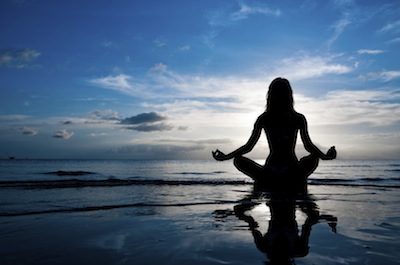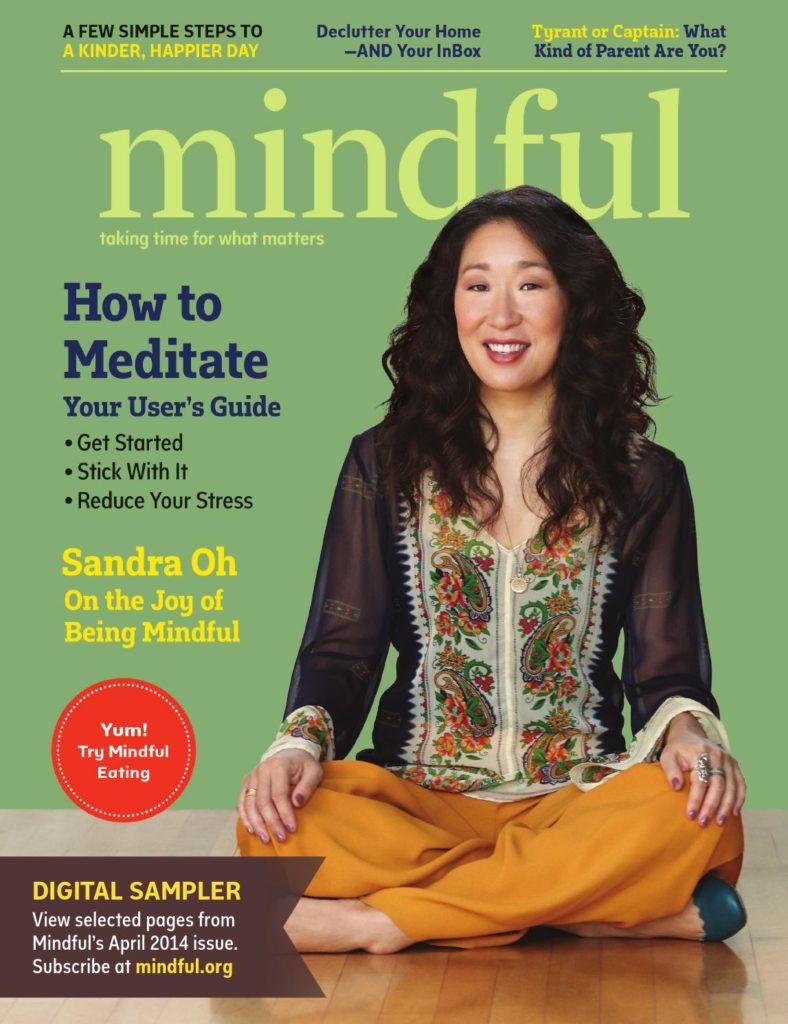The Many Uses of Mindfulness: Happiness, Positive Thinking, Abundance, Law of Attraction, Relaxation etc.

For many years I have paid particular attention to things people want such as abundance, happiness, ability to generate positive thoughts, law of attraction, relaxation and so forth. Being like all people, I too have had a personal interest in how I could embody these things and how I could teach it to others. I have read all the books, gone to the seminars, practiced the exercises and spoken to the leaders in these fields to get a better handle on what it takes to achieve these qualities that are valued by so many people. At the same time that I’ve been doing my research, I have continued to practice mindfulness and this has spanned over a period of more than forty years.
To my surprise I have discovered that although these qualities continue to be valued and movements continue to arise around them there is considerable doubt as to the ultimate value of the pursuit of these things. To make matters worse I have spoken with many people who teach these things who candidly admit that the various approaches they teach simply don’t work. There is acknowledgment that these techniques can provide temporary results but inevitably fall by the wayside. I think temporary results are fine and can open the door to a new way of being if approached mindfully. Usually these people have come to me to discuss mindfulness and want to know what it has to say about what they are doing.
Mindfulness has a lot to say about these things if my personal experiences and my interpretation of others experiences in mindfulness are being seen clearly. To begin with, happiness, positivity, relaxation, abundance, law of attraction and so forth are just part of the spectrum of human experience. There is the other side of the spectrum which if ignored can cross the border to denial and disconnection. At that point delusion can set in and a cascade of disappointment can become hard to bear. I think it’s great to fully experience the sought after states of being but only if the opposite states of being are welcomed just as much. This is where equanimity, active acceptance, non striving and letting go come in. The age old saying that the best way to achieve these things is by not trying to achieve them comes to mind as true in every field of human experience. There is a fine line to tread here to fully grasp and engage this process and the practice of mindfulness supplies the map and the missing link. It ultimately transforms the inner experience to reflect a new relationship with the world which in turn redefines the sought after experiences and provides a firm foundation of peace.








